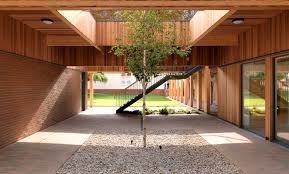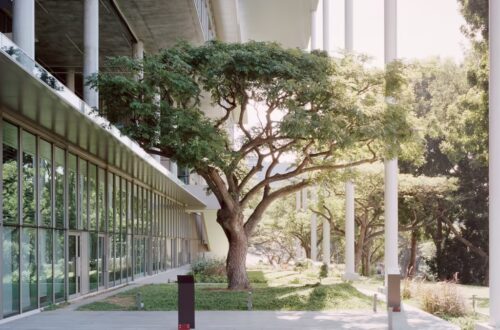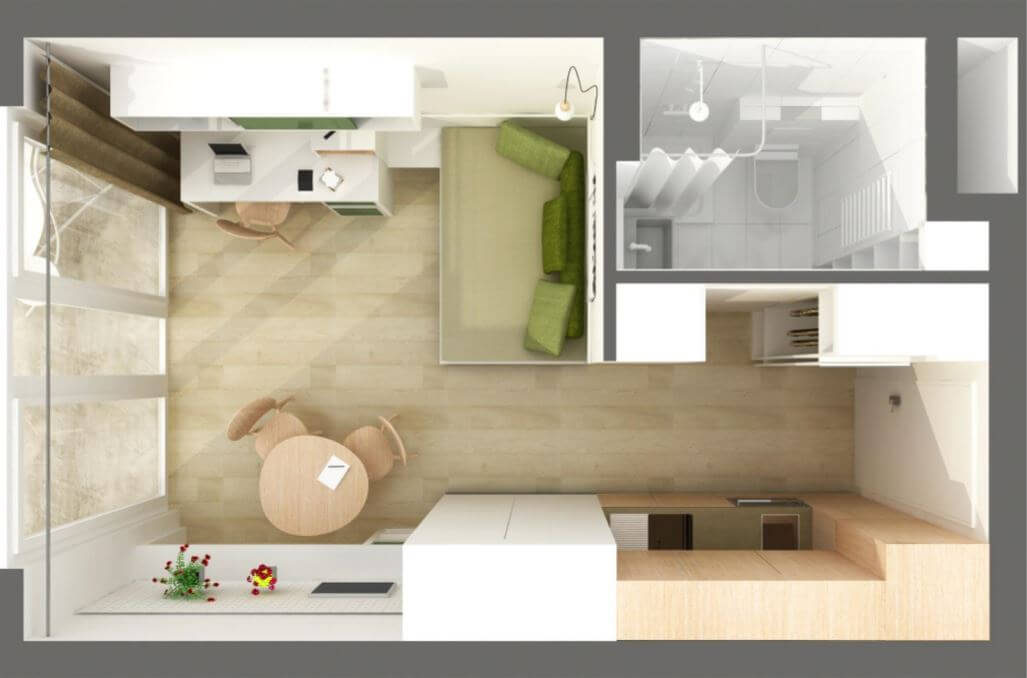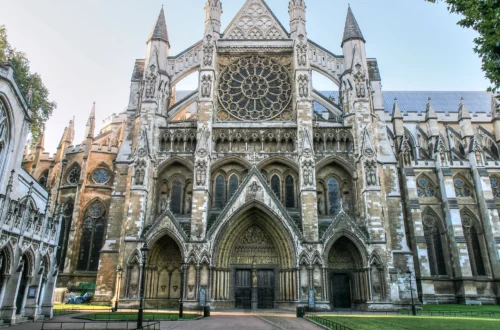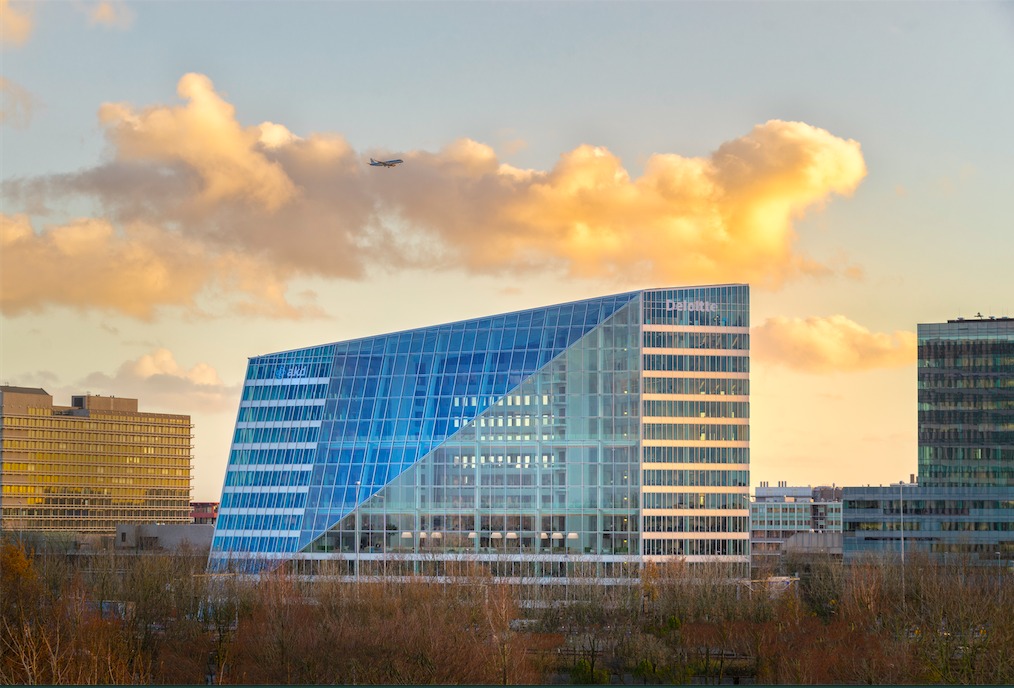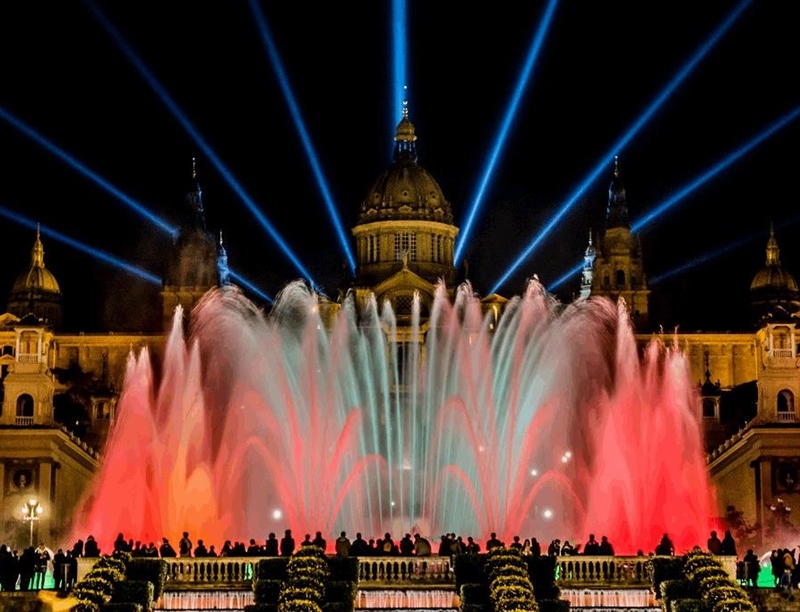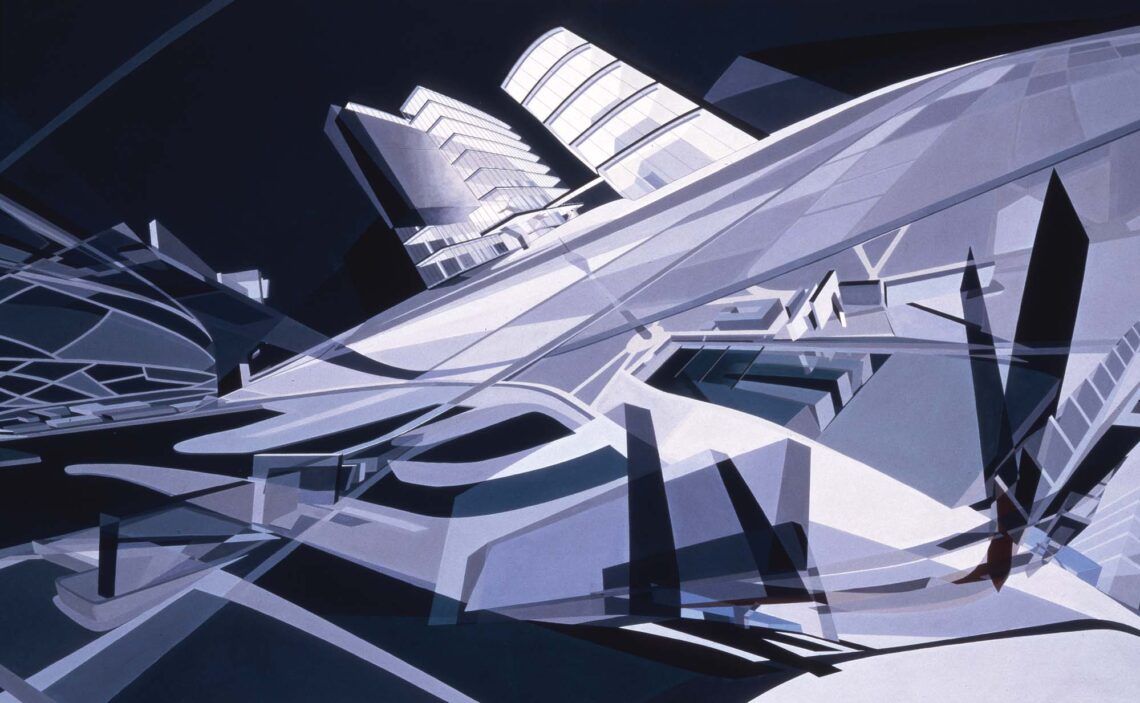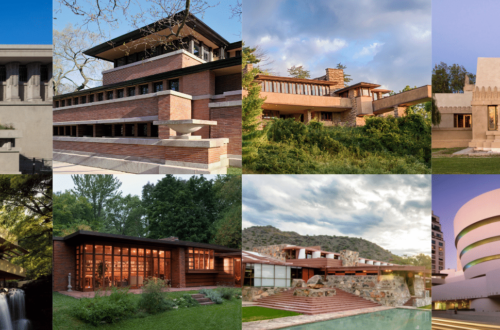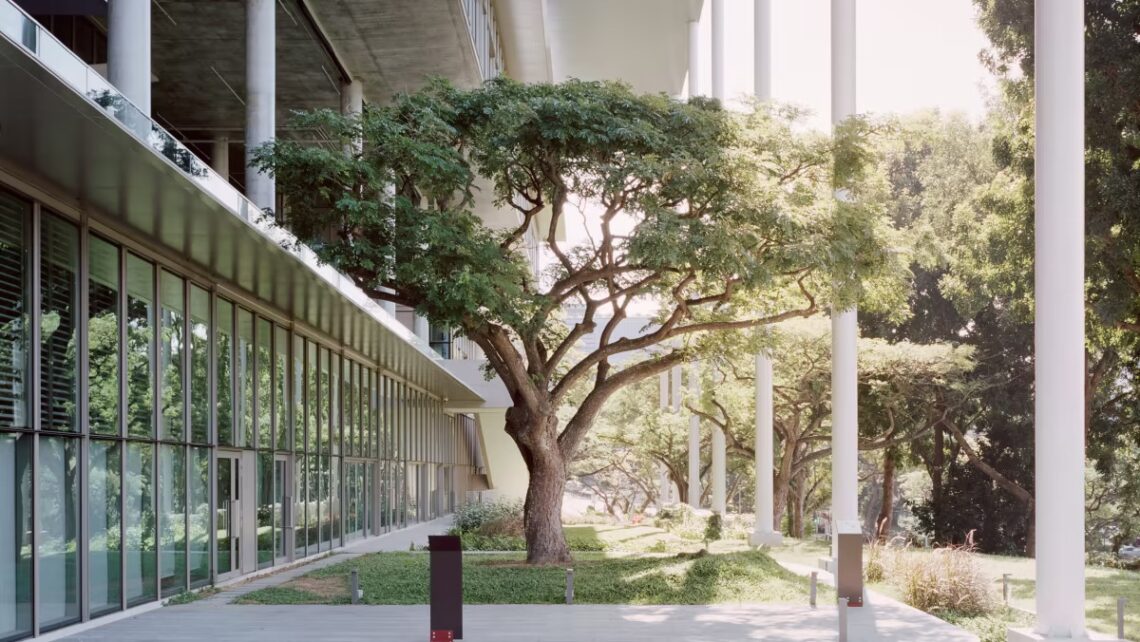-
Wood-integrated Architecture: Inventive Uses, Designs and the Future
Wood comes across as one of the most primal building materials used by humans and has been an integral part of architectural design for centuries. In recent years, wood has seen a revival in popularity, driven by technological advancements and an increasing focus on sustainability. This blog will explore the innovative uses and contemporary designs of wood in architecture, highlighting how architects are redefining traditional applications and crafting breathtaking structures that seamlessly merge nature with innovation. Role of Wood in Net-zero Energy Buildings Research consistently highlights the significant benefits that wood offers in reducing the carbon footprints of buildings, making it an ideal material for net-zero energy construction. Unlike traditional…
-
The Rise of Micro-apartments in Urban Spaces
In highly populated urban spaces, micro-housing has become a popular solution to people’s struggles of finding affordable housing. Usually ranging between 150 and 400 square feet in size, these tiny apartments are most common in crowded cities where rent prices are soaring, such as New York or Shanghai. In recent years, these tiny living spaces are increasing in popularity, especially for their affordability, low maintenance and convenient locations usually in the heart of a bustling city. Read on to discover all unique aspects of micro-apartments, their benefits and challenges as well as people’s opinions living in them… What caused the rise in popularity of micro-apartments? The sudden increase in popularity…
-
Case Study: Sustainable Features of The Edge in Amsterdam
Everyone in the architecture industry has at least once in their life heard of The Edge. Known to many as the building design of the future, this office in the heart of Amsterdam has gained international recognition as the most sustainable and smartest office building in the world. It sheds new light on future real estate by promoting buildings that generate more energy than they consume. Its well-thought form creates a comfortable living environment, while simultaneously focusing on sustainability and efficient energy consumption. This article will delve deeper into all the innovative features and sophisticated designs of The Edge, and just what makes it so universally renowned. Concept and design…
-
Top 10 Extravagant Fountain Designs in the World
Following on the topic explored in our previous blog post, a key usage of water in architecture – as you may have predicted – involves fountains. Read on to explore ten various different breath-taking designs around the world that may or may not inspire your future travel destinations. The magnitude of the fountain brings awe, yet its significance extends far beyond its grandeur. In Singaporean culture, wealth encompasses more than mere financial abundance; it represents prosperity across various facets of life, including happiness, health, and overall well-being. The Fountain of Wealth embodies this comprehensive understanding of prosperity, serving as a symbol of hope, aspiration, and communal achievement. Constructed in 1995…
-
Inventive Uses of Water in Architecture
Being one of the most fundamental natural elements of our world, water has greatly impacted the aesthetics, formation and utility of buildings and structures. This natural element has been integrated throughout architecture in endlessly innovative ways, from indoor pools to soaring waterfalls. Read on to discover some of the inventive ways water is implemented into architectural projects...
-
Everything you need to know about avant-Garde architecture
Similar to modernism, Avant-garde architecture is a unification of art with life. Starting in the 19th to 20th century, it was rather disruptive, radical and controversial, fighting against consensus and looking for disruption. Taken literally, the avant-garde refers to the front of a marching army, the scouts that first head into unknown territory. Today, this form of artistic and architectural style radicalises the basic principle of modernity: the urge toward continual change and development. Origins of Avant-Garde architecture Political, economic and socialist theorist Henri de Saint-Simon was the first one who drew the analogy between radical art practices and an advancing military formation: “We artists will serve you as an…
-
Aspiring Women Architects in the Coming Years…
Read on to discover a few remarkable women architects who are breaking barriers, defying stereotypes, and making their way into the spotlight of the industry of architecture.
-
The Bauhaus School and the Modernist Movement
People living in Germany might nowadays associate the word Bauhaus with their local, popular retail stores next to Ikea. However, the Bauhaus was also an art school that played an important part in uniting art, crafts and technology in the years following the first World War. Through modern design and innovative ideas, this school’s main goal was to improve people’s living conditions. Read on to discover the unique curriculum offered to students, its prominent architecture, key figures, and artistic movements that followed the rise of Bauhaus. Origin and principles of Bauhaus The Bauhaus was founded in 1919 in the city of Weimar by German architect Walter Gropius (1883 – 1969),…
-
Net-zero architecture: Concept, Design Strategies and Examples
In this article, the concept of net-zero and how it applies to architecture is explored. Read on to discover innovative ways architects and engineers construct energy-efficient buildings, and how they are contributing to our society nowadays.
-
How hospital architecture can influence the health of patients
When one thinks of the determinants of health in hospital patients, equipment, doctors and staff are the key ones that come to mind. Although many may not be aware, the design of hospitals, its buildings and spaces also play a crucial role in determining the well-being of its patients. The size and layout of a room, whether a bed sits in the middle or against a wall, lighting and outdoor areas all need to be considered when building a hospital. In the past, these have not been considered predictors of health outcomes, but that is slowly changing. Read on to discover the importance of incorporating principles of social design into…
